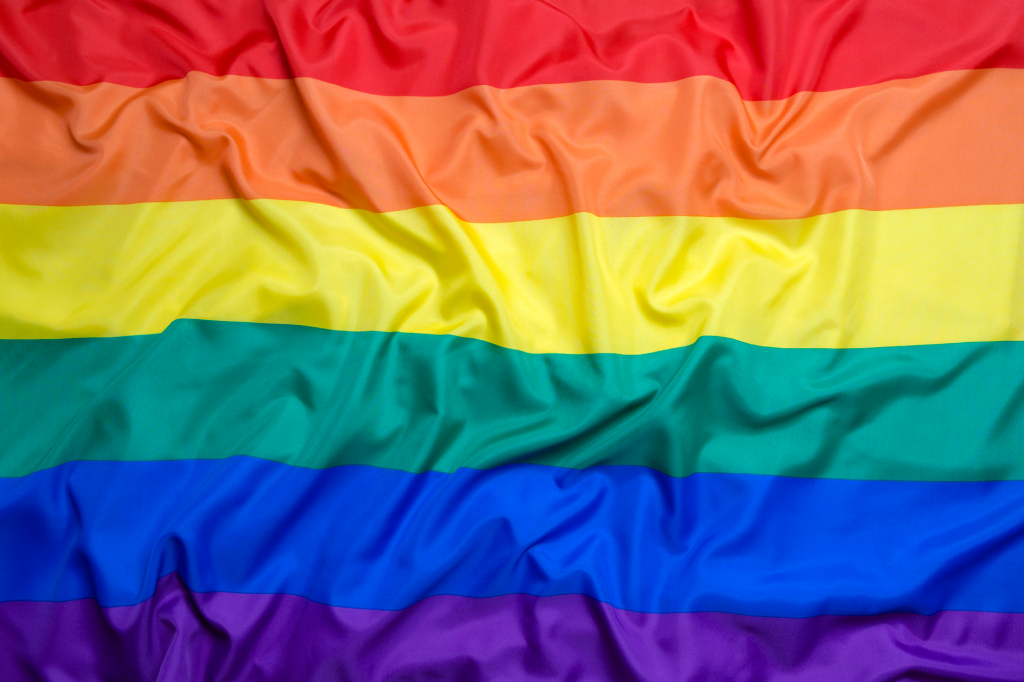Amplifying LGBTQ+ Voices through Journalism
In today’s rapidly evolving media landscape, journalism plays a crucial role in amplifying the voices of marginalized communities. One such community is the LGBTQ+ community, which has historically been underrepresented and misrepresented in mainstream media. However, with the advent of digital platforms and the rise of social media, there is a growing opportunity to shift the narrative and provide a platform for LGBTQ+ voices to be heard.
Journalism, as a profession, has the power to shape public opinion and influence societal change. By giving voice to the stories and experiences of LGBTQ+ individuals, journalists can challenge stereotypes, break down barriers, and foster empathy and understanding among a broader audience. Through their work, journalists have the potential to contribute to a more inclusive and equitable society.
Amplifying LGBTQ+ Voices: Strategies
So, how can journalists effectively amplify LGBTQ+ voices? Here are some strategies to consider:
- Representation Matters: It is essential for newsrooms to have diverse voices and perspectives, including LGBTQ+ journalists, in order to accurately and authentically cover LGBTQ+ issues. By having LGBTQ+ journalists on staff, news organizations can ensure that the stories they produce are sensitive, respectful, and reflective of the community they are covering.
- Sensitivity and Accuracy: When reporting on LGBTQ+ issues, it is crucial for journalists to approach their work with sensitivity and accuracy. Using appropriate terminology, respecting individuals’ chosen pronouns, and avoiding stereotypes are all essential elements of responsible journalism. Fact-checking and verifying sources are also vital to ensure accurate reporting.
- Intersectionality: LGBTQ+ individuals are not a monolithic group; they encompass a diverse range of identities, including race, ethnicity, religion, ability, and more. It is important for journalists to recognize and understand the intersectionality within the LGBTQ+ community and to represent these diverse experiences in their reporting. This includes giving voice to LGBTQ+ individuals who may face additional challenges due to their intersecting identities.
- Collaboration with LGBTQ+ Organizations: Partnering with LGBTQ+ organizations can provide journalists with valuable insights, resources, and access to individuals who are willing to share their stories. Collaborating with these organizations can help journalists gain a deeper understanding of the issues affecting the LGBTQ+ community and ensure that their reporting is well-informed and accurate.
- Digital Platforms and Social Media: The rise of digital platforms and social media has provided new avenues for LGBTQ+ voices to be heard. Journalists can leverage these platforms to amplify LGBTQ+ stories, engage with the community, and foster dialogue. Sharing these stories on social media can also help reach a wider audience and encourage further discussion and awareness.
- Ethical Considerations: Journalists must always prioritize the well-being and safety of the individuals they are reporting on. It is important to obtain informed consent from LGBTQ+ individuals before sharing their stories and to respect their privacy and boundaries. Journalists should also be aware of the potential impact their reporting may have on the lives of LGBTQ+ individuals, especially in regions where LGBTQ+ rights are not fully recognized or protected.
Conclusion
By embracing diversity in newsrooms, approaching LGBTQ+ issues with sensitivity and accuracy, recognizing intersectionality, collaborating with LGBTQ+ organizations, and leveraging digital platforms responsibly, journalists hold the power to challenge stereotypes and contribute to a more inclusive and equitable society.
Upholding ethical considerations, respecting privacy, and prioritizing the well-being of LGBTQ+ individuals underscore the responsibility that comes with amplifying their voices. Through these strategies, journalism stands as a powerful tool for fostering empathy, understanding, and societal transformation.
Key Takeaways:
- Newsrooms should strive for diversity and include LGBTQ+ journalists to accurately cover LGBTQ+ issues.
- Journalists must approach reporting on LGBTQ+ issues with care, using appropriate terminology and avoiding stereotypes.
- Recognize and understand the diverse identities within the LGBTQ+ community and represent them in reporting.
- Partnering with these organizations provides valuable insights and resources for accurate reporting.
- Leverage these platforms to amplify LGBTQ+ stories, engage with the community, and foster dialogue.
- Prioritize the well-being and consent of individuals when sharing their stories, respecting privacy and boundaries.
Amplifying LGBTQ+ voices through journalism is essential for fostering a more inclusive and equitable society. By embracing diversity, practicing sensitivity, and utilizing digital platforms, journalists can challenge stereotypes, foster understanding, and advocate for positive change.
To further enhance your skills in modern journalism, consider taking the “NYU | Modern Journalism” online course and certificate program offered by Yellowbrick. This program provides comprehensive training and knowledge to excel in the field and make a meaningful impact in amplifying diverse voices.








